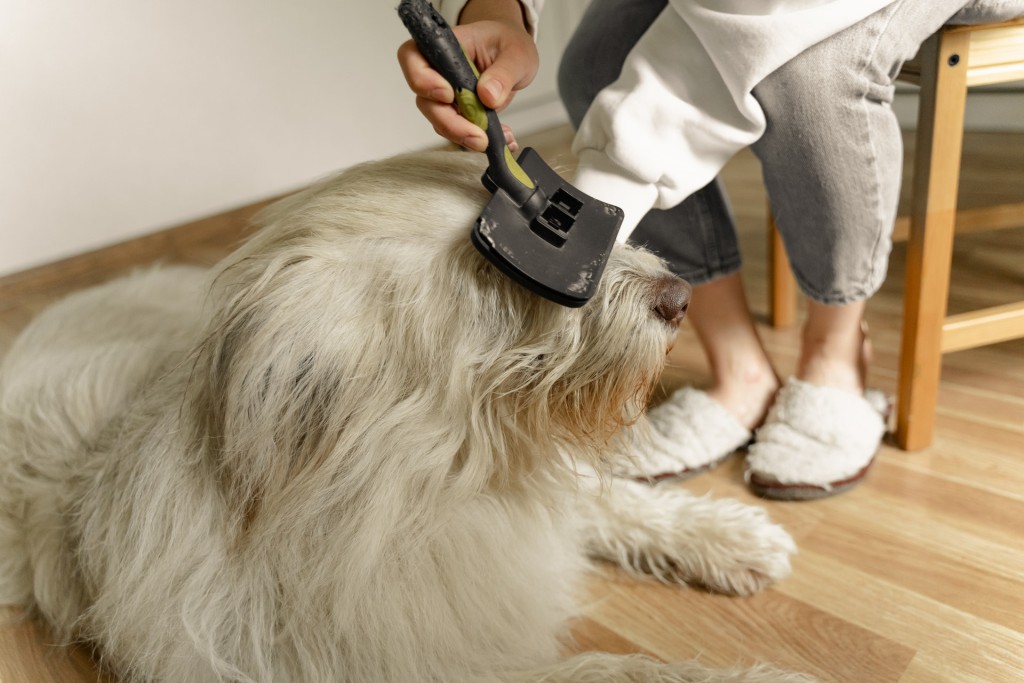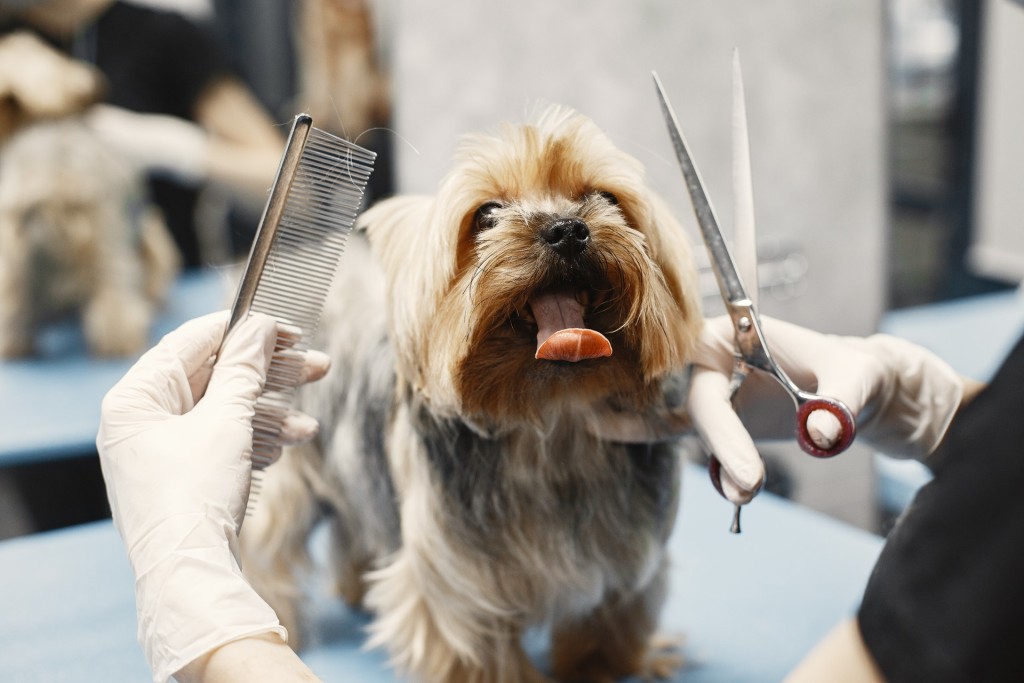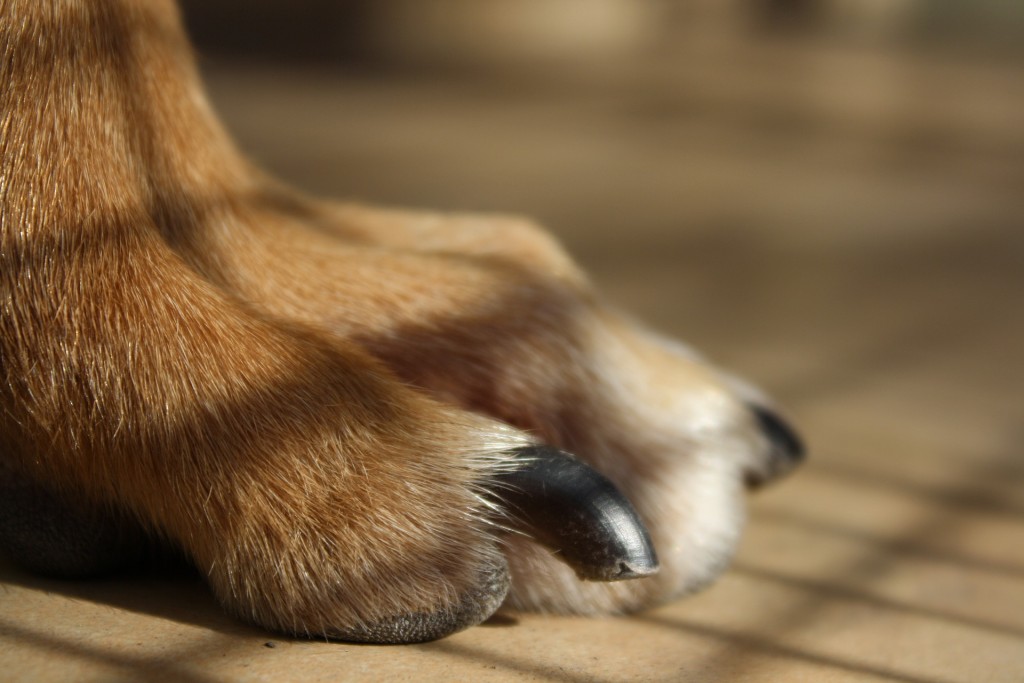Therapy animals visit a lot of facilities like hospitals, schools, prisons, emergency settlements, mental asylums, and other places that require their therapeutic presence. By owning one, you need to make sure that they are at their best before you let them interact with people.
Doing this will help prevent the spread of diseases, trigger allergic reactions, injuries, and other kinds of human unpleasantries. With that said, follow this list as a guide to groom your therapy pet so that they can help people in need of an animal consolation.
1. Use the right grooming tools
Buy a nail clipper, nail file, hairbrush, toothbrush, shampoo, toothpaste, and other grooming tools designed for your pet and their specific breed. Remember that animals have a different physiology from us humans. Their skin has a specific pH balance.
Their nails, mouth, teeth, and gums are built differently. By buying the right tools, it will be easy to groom them before they do therapy work.
2. Trim their fur
This practice is optional and depends on what kind of animal your pet is. Thickly furred felines such as Persian cats don’t need trimming because their body will adjust hair growth depending on their environment. Golden retrievers on the other hand require periodical trimming once their fur grows too long.
3. Brush their fur
If you choose not to trim your therapy pet’s fur, you can just opt to brush it. This practice is just as effective as trimming when it comes to preventing dander allergies on the human they’ll interact with.
4. Brush their teeth
Like humans, animals will also develop plaques, cavities, and bad breath if they don’t get their teeth brushed. Once a human smells your pet’s bad breath, expect the same reaction when you get a whiff of someone with a bad breath as well. Research on how often you should brush your pet’s teeth or if you need to brush them at all.
5. Trim their nails
Dogs are known to put their paws on humans as a way to say “I love you”. Some animals also like to hug or latch on to humans they like. The problem is that an animal with untrimmed nails might cause a scratch. It’s ideal to trim your pet’s nails every three to four weeks.
Read this article for proper canine nail trimming. If your therapy animal isn’t a dog, search the web for tips designed for their species.
6. Feed them with the proper diet
One cause for a furred animal’s over-shedding is a poorly balanced meal. Too much protein causes fur overgrowth and eventually liver and kidney problems. Talk to a veterinarian about how much and what brand of food you should feed your therapy pet.
7. Take them to the vet
The best way to groom your therapy pet before letting them work is to take them to the vet. A veterinarian can do a thorough examination and would give you a list of treatments and grooming practices to follow specified to their species, breed, and current condition.
That includes all the things listed above as well as how to deal with parasites such as flea ticks, lice, and intestinal worms.
Is your therapy pet needed soon? Make a list of grooming tools to buy today and schedule an appointment with a veterinarian. The earlier you do, the more time you’ll have to prepare to make your therapy pet look and do its best for those that need them.
Read more here to know more about assistance animals:
- 5 New Year’s Resolutions for Pet and Assistance Animal Owners
- 6 Rules of Etiquette When Being Around Service Animals
- 7 Top Tips for Responsible Pet and Assistance Animal Ownership
- 8 Things You Should Bring While Traveling with Your Service Animal
- 9 Mental Health Benefits of Having an Emotional Support Animal
Do you own an assistance animal? Register your pet today.
The Service Animal Registry of California invites you to have your assistance animal registered in order to designate its status. We also encourage you to take our online classes so you can be fully aware of your rights and gain more knowledge about your support animal.
Finally, we present to you our book entitled, “ASSISTANCE ANIMAL LAWS: LEARN YOUR RIGHTS REGARDING SERVICE ANIMALS, EMOTIONAL SUPPORT ANIMALS, THERAPY PETS, AND OTHER DOGS, CATS, AND ASSISTANCE ANIMALS” to provide you with a complete education on assistance animals. Purchase your copy of the book by clicking the image below. 




